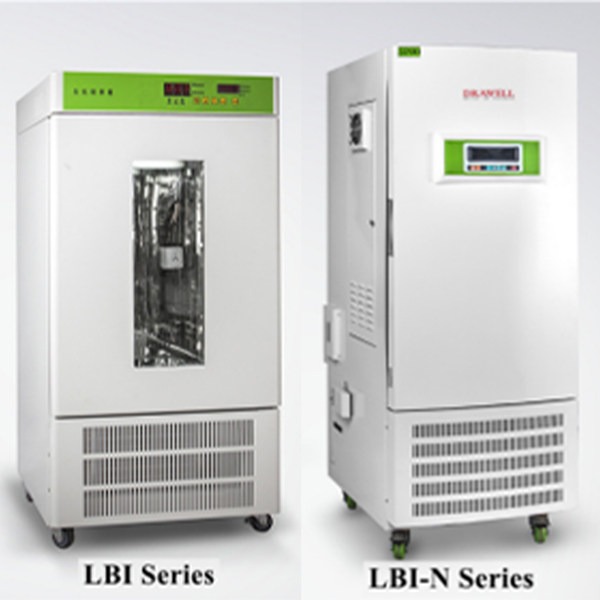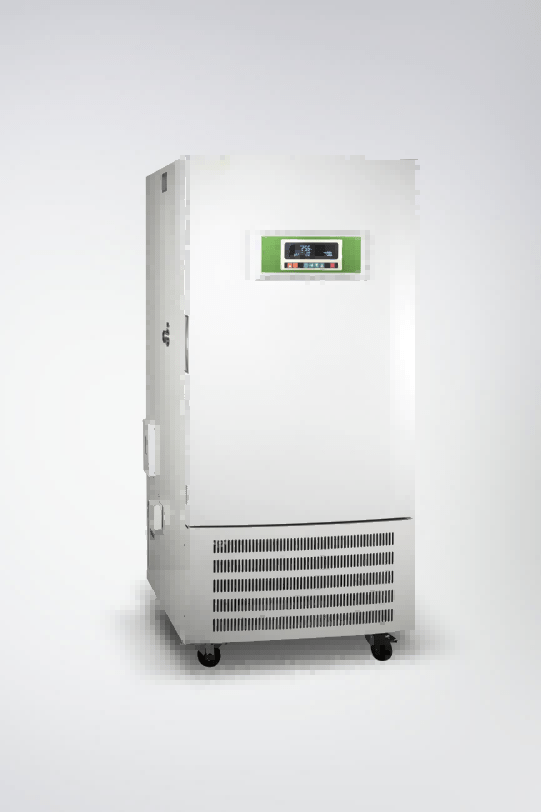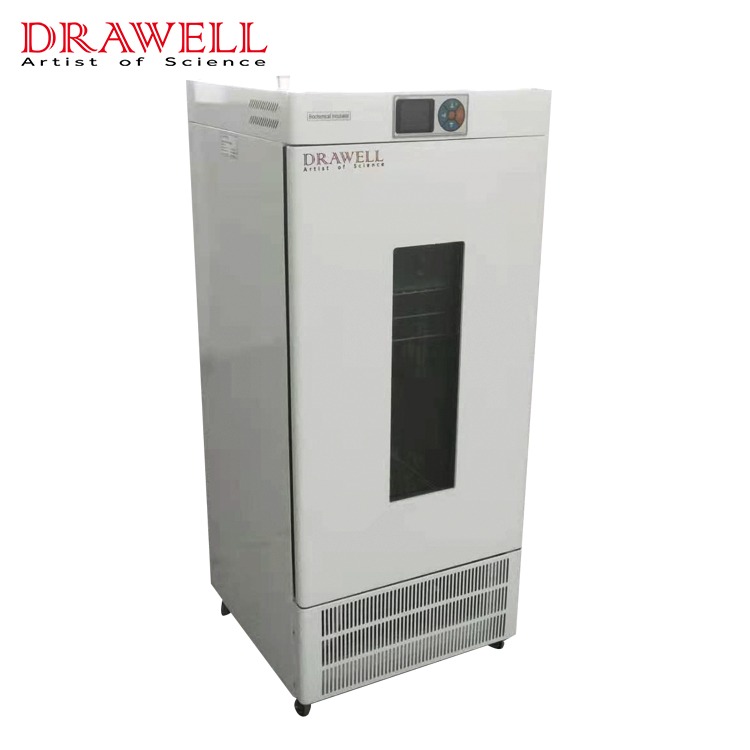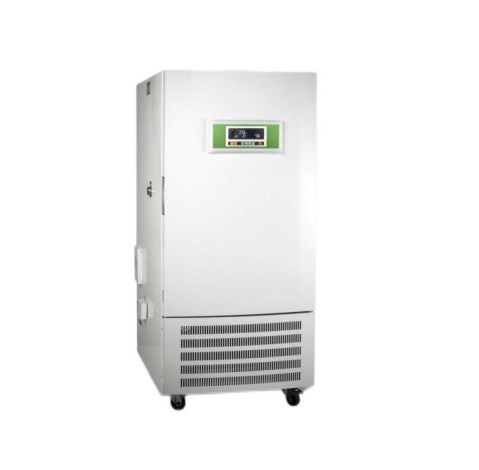In environmental science and microbiology laboratories, Biological Oxygen Demand (BOD) incubators play a crucial role in determining the level of organic pollution in water samples. These incubators provide a controlled environment for microorganisms to break down organic matter, thereby measuring the amount of oxygen consumed during the process. However, the effectiveness of BOD incubation relies heavily on maintaining the appropriate temperature for the specific types of samples being tested. In this article, we delve into the importance of understanding and adapting BOD incubator temperature to accommodate different sample types effectively.

Understanding BOD Incubator Temperature
BOD incubators are designed to maintain a consistent temperature conducive to microbial activity. Typically, the temperature range for BOD incubators falls between 20°C to 30°C, with 20°C(68°F) being the standard temperature for most BOD experiments. This range is ideal for fostering the growth and metabolic activity of microorganisms present in water samples, ensuring accurate BOD measurements.
Factors Influencing Temperature Montrol
Temperature control in a Biological Oxygen Demand (BOD) incubator is critical for maintaining the optimal conditions required for microbial activity during BOD testing. Several factors influence temperature control in a BOD incubator:
- Precision of Temperature Control System: The effectiveness of temperature control largely depends on the precision and reliability of the incubator’s temperature control system. High-quality BOD incubators are equipped with advanced temperature control mechanisms, such as PID (Proportional-Integral-Derivative) controllers, which maintain the set temperature with minimal fluctuations.
- Calibration and Calibration Interval: Regular calibration of the temperature control system is essential to ensure accuracy and consistency. Calibration verifies that the temperature displayed by the incubator matches the actual temperature inside the chamber. The calibration interval should be determined based on the manufacturer’s recommendations and laboratory quality assurance procedures.
- Insulation and Air Circulation: Proper insulation of the incubator chamber helps maintain a stable temperature by minimizing heat loss or gain from the surroundings. Additionally, efficient air circulation ensures uniform temperature distribution throughout the chamber, preventing temperature gradients that could affect the accuracy of BOD measurements.
- Ventilation and Humidity Control: Adequate ventilation is necessary to prevent the buildup of heat and moisture inside the incubator, which can affect temperature control and promote microbial contamination. Some BOD incubators are equipped with humidity control features to regulate moisture levels, ensuring a stable environment conducive to microbial growth.
- Ambient Temperature and Environmental Conditions: The ambient temperature and environmental conditions in the laboratory can influence the performance of the BOD incubator. Fluctuations in ambient temperature, exposure to direct sunlight, or proximity to heat-generating equipment may impact the incubator’s ability to maintain the desired temperature.
- Sample Size and Loading: The number and size of samples loaded into the incubator can affect temperature control. Overloading the incubator with an excessive number of samples can impede air circulation and strain the temperature control system, leading to temperature fluctuations. It is essential to load the incubator evenly and avoid overcrowding to ensure optimal temperature control.
- Regular Maintenance and Cleaning: Routine maintenance and cleaning of the BOD incubator are crucial for optimal performance and temperature control. Dust accumulation, debris, or microbial growth inside the chamber can interfere with temperature sensors and airflow, compromising temperature accuracy. Regular maintenance tasks may include cleaning filters, inspecting seals, and replacing worn components.
By addressing these factors and implementing appropriate control measures, laboratory personnel can ensure precise temperature control in BOD incubators, resulting in reliable and reproducible BOD measurements for water quality assessment and environmental monitoring.

Types of Samples and Their Temperature Requirements in Bod Incubator
In a BOD (Biological Oxygen Demand) incubator, various types of samples may require specific temperature conditions to facilitate microbial activity effectively. Here are some common types of samples encountered in BOD testing and their corresponding temperature requirements:
- Freshwater Samples: Water samples collected from rivers, lakes, or streams typically contain a diverse microbial population adapted to temperatures within the range of 20°C to 25°C. Maintaining the BOD incubator temperature within this range ensures optimal microbial metabolism and accurate BOD measurements for freshwater environments.
- Wastewater Samples: Wastewater samples, originating from industrial or municipal sources, may exhibit different temperature preferences depending on their source and composition. Some wastewater samples may contain microbial communities adapted to a wider temperature range, requiring temperatures closer to 30°C to stimulate microbial activity effectively.
- Saline or Brackish Water Samples: Water samples with elevated salinity levels, such as those from estuaries or coastal areas, may harbor specialized microbial communities adapted to saline environments. In these cases, it is crucial to adjust the BOD incubator temperature to accommodate the temperature preferences of salt-tolerant microorganisms. This may involve maintaining temperatures within the typical range or slightly adjusting it to mimic the natural habitat of these organisms.
- Specialized Samples: Depending on the research objectives or environmental conditions under investigation, researchers may encounter specialized samples with unique temperature requirements. For example, samples from thermal springs or geothermal sources may require higher temperatures to support thermophilic microbial communities. Conversely, samples from cold environments such as polar regions may necessitate lower temperatures to maintain microbial activity. So the BOD cooling incubator are one of the choice.
Understanding the temperature requirements of different sample types is essential for achieving accurate and reliable BOD measurements in environmental monitoring and research. By carefully selecting and adjusting the BOD incubator temperature according to the specific characteristics of each sample, researchers can ensure optimal conditions for microbial metabolism and obtain meaningful data for assessing water quality and pollution levels.

Best Practices for Temperature Adaptation
Adapting BOD incubator temperature for different sample types requires careful consideration and adherence to best practices:
- Prioritize Accuracy: When selecting the temperature for BOD incubation, prioritize accuracy over convenience. Consult literature sources or conduct preliminary tests to determine the optimal temperature range for the specific sample type being tested.
- Monitor Temperature Consistently: Regularly monitor and calibrate the BOD incubator temperature to ensure stability and accuracy throughout the incubation period. Fluctuations in temperature can impact microbial activity and skew BOD results.
- Consider Microbial Preferences: Take into account the temperature preferences of the microbial communities present in the sample. Adjust the BOD incubator temperature to mimic the natural habitat of these microorganisms for optimal metabolic activity.
- Document Temperature Adjustments: Maintain detailed records of any temperature adjustments made during BOD incubation experiments. This documentation aids in reproducibility and ensures transparency in research or regulatory compliance.
Conclusion
Adapting BOD incubator temperature to accommodate different sample types is essential for obtaining accurate and reliable BOD measurements in environmental and microbiological studies. By understanding the temperature requirements of various sample types and implementing best practices for temperature adaptation, researchers can ensure consistent and reproducible results. Ultimately, precise temperature control contributes to the advancement of scientific knowledge and facilitates informed decision-making in environmental management and pollution control efforts.


